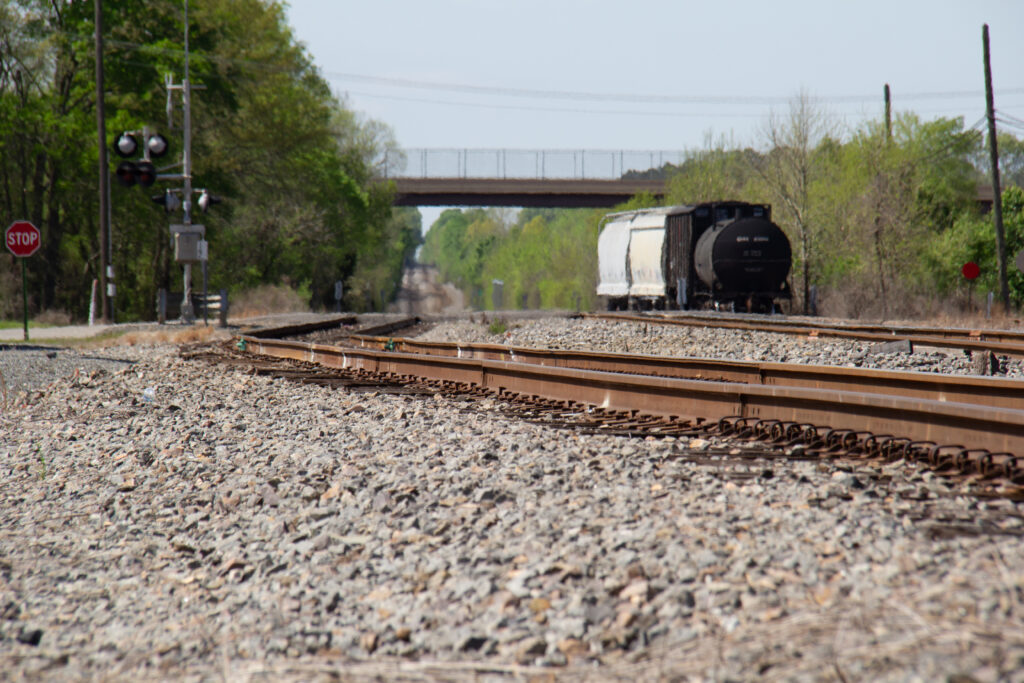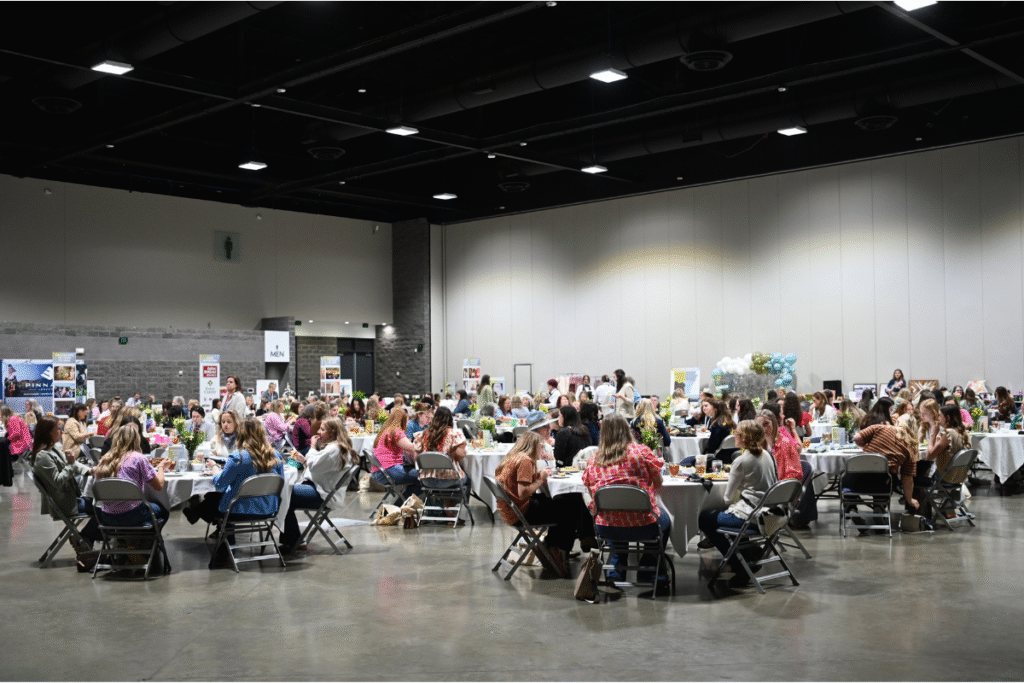What comes to mind when you hear “land development?” When I graduated college in 2020, I had absolutely no idea what land development was. As fate would have it, I now work in land development.
Growing up in a small town in central Arkansas, my family despised “big city” development. I’d say their hate mainly stemmed from change and emotion tied to the property being developed. It might also have something to do with the most beautiful sunrises and sunsets you’ll ever see in your life over the peaks of corn stalks as they softly sway in the wind.
Land development has a permanent impact on the community around us. Luckily, we have engineering practices, rules and regulations such as The Clean Water Act in place to help us sustain and be good stewards of this beautiful planet.
Only two or three types of people benefit from development: the developer, the clientele and eventual users of that development. From the big developer’s perspective, it’s an investment. A million dollars now can turn into $3 million in a few years. You won’t get that from your 401(k). But more times than not, smaller developers and business owners just want a new place to hang their hat. They have outgrown their existing facility and need to upgrade.
Regardless of the type of developer, our job as land development specialists is to make their dream a reality. I’ve learned that developers don’t throw a dart at a map and say, “Let’s do it here.” They think strategically, asking questions like, “How will this impact the community in general? How will this blend in with the surrounding development or lack thereof?” Answering these questions involves a lot of research.
Typically, a developer will have a team that investigates a property. We call them SIRs, or Site Investigation Reports. They help ensure the intended use by the developer will fit within the city’s plan and complies with zoning regulations. This is why we do not typically see residential housing next to industrial complexes.
Sometimes, however, a property can be in a grey area. For example, let’s play developer/engineer. We want to put a 10,000-square-foot office building next to an apartment complex in a property currently zoned for something similar to an apartment complex (something like RMF-24: Residential Multi-Family 24 units per acre for the city of Fayetteville). You will need to go through a formal process called “rezoning” to ensure your project can be constructed on this property. It is always a good idea to meet with the city beforehand (called a pre-application meeting) to iron out any issues or gather some much-needed intel on how the city would feel about this development. It only takes a couple hours and can save some headaches down the road.
In conclusion, developers and engineers must be vigilant and continue to be conscious of our impact on the world around us. A lot of decisions have to be made when someone wants to dig up a pasture and slap a 40-acre subdivision down in its place. Those decisions need to be made wisely. We have the ability every day to influence our cities and towns in a positive way. Let’s be good stewards of this great gift given to us. Challenge yourself to think of new, innovative ways to make your hometown a better place not only for us, but for those after us.
Cody Sims, EI is a project designer working in our Land Development Department in our Fayetteville office. Contact Cody by phone at 479-443.2377 or email him at [email protected].










